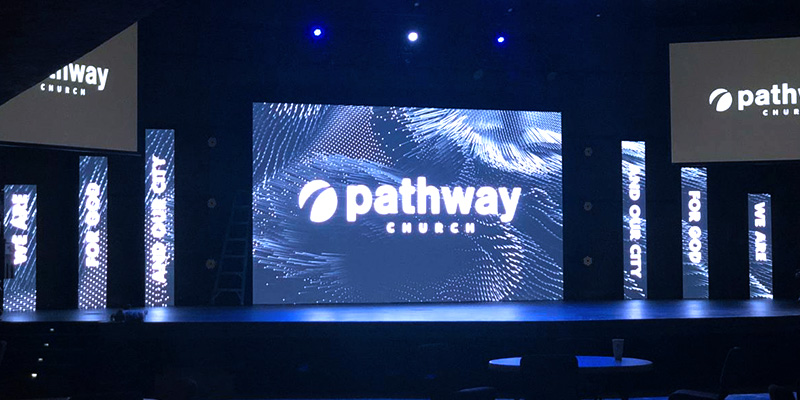Exploring How Resolution Affects the Performance and Aesthetic Caliber of LED Screens in Modern Display Techniques
Exploring How Resolution Affects the Performance and Aesthetic Caliber of LED Screens in Modern Display Techniques
Blog Article
Light Emitting Diode screens are becoming more and more common in different environments, from concerts and athletic competitions to corporate presentations and creative exhibits. One of the most important elements that influence the functionality and image clarity of these displays is resolution. Image resolution refers to the quantity of picture elements that make up the image on the screen. Increased image clarity indicates more pixels, which can lead to clearer and crisper visuals. Understanding how resolution impacts LED screens can help operators make knowledgeable decisions about their display needs.
When discussing image clarity, it is essential to take into account pixel pitch, which is the gap between the center of one pixel to the center of the next pixel. A smaller pixel pitch results in a greater image clarity, enabling additional clarity in the visuals shown. For instance, an LED screen with a picture pitch of 1.5mm will provide a clearer image than one with a pixel pitch of 3mm. This is particularly important in settings where audiences are near to the display, such as in a small location or a trade show booth. In these situations, a higher resolution can significantly improve the observing quality.
Another factor of resolution is its effect on hue precision and luminosity. LED walls with higher resolutions often have superior hue rendering, indicating that the hues shown are increasingly lively and true to life. This is crucial for applications like marketing, where the objective is to capture attention and communicate a concept efficiently. Additionally, higher resolution displays can preserve luminosity levels even when viewed from different angles. This is important in big locations where viewers may be seated at various ranges and angles from the screen.
The functionality of LED screens is also influenced by resolution in terms of update frequencies and reaction durations. A greater image clarity screen can support quicker update frequencies, which is crucial for fast-moving next material such as films and motion graphics. This indicates that the visuals on the display will look more fluid and increasingly seamless, improving the total observing quality. In comparison, reduced image clarity screens may have difficulty with dynamic material, resulting in fuzziness or delay. Therefore, for occasions that rely on high-energy images, choosing a screen with a appropriate image clarity is vital.
In summary, image clarity plays a crucial role in defining the functionality and image clarity of LED walls. Factors such as pixel pitch, hue accuracy, brightness, refresh rates, and response times all contribute to how effectively a display can communicate data and capture audiences. As advancements continues to progress, understanding these elements will help users choose the right LED wall for their particular needs, guaranteeing that they obtain the optimal potential outcomes in their presentations and events.